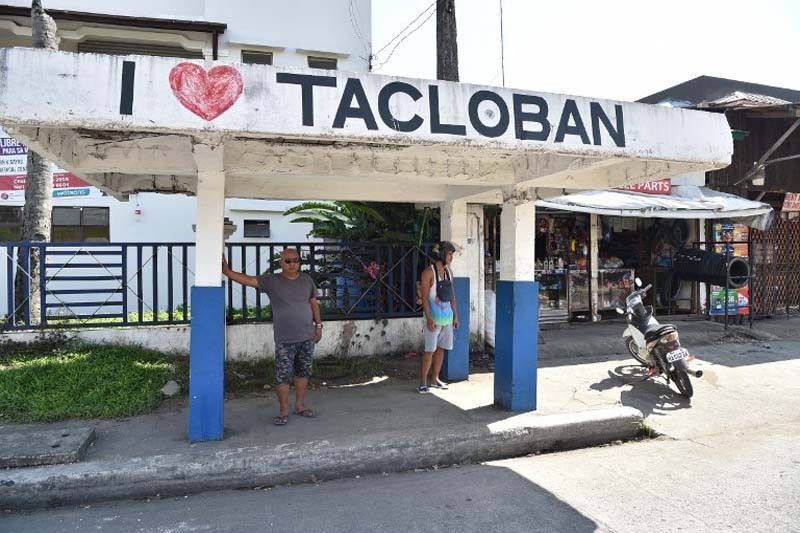Five years after Typhoon Haiyan, scores still in harm's way

TACLOBAN, Philippines — Diofel Llamado fled for his life when Super Typhoon Haiyan devastated the Philippines in 2013, yet today he is back living in the same coastal area -- even if it puts him in the crosshairs of a future killer storm.
On the fifth anniversary of the Philippines' deadliest typhoon on record, his return is emblematic of the struggle in developing nations to move people out of homes in the most disaster-menaced zones.
 Factfile on the 2013 catastrophic Super Typhoon Haiyan that hit central Philippines | AFP
Factfile on the 2013 catastrophic Super Typhoon Haiyan that hit central Philippines | AFPIt is an especially urgent danger as monster storms strike ever more frequently, packing destructive rainfall that experts say is supercharged by climate change.
"You cannot think that you are safe," Llamado, 55, told AFP.
"Even when you are sleeping, you have to think like a soldier: one foot is in the graveyard."
Haiyan struck in the predawn darkness of November 8, 2013 as the then strongest typhoon to ever hit land, leaving more than 7,360 people dead or missing across the central Philippines.
The wall of seawater the typhoon sent crashing into densely populated areas -- known as storm surge -- is one of the key reasons it was so deadly.
Many people simply did not understand the term and did not evacuate despite official warnings.
Even some who fled were not spared -- Llamado's two daughters were killed when the rushing water collapsed an evacuation centre.
Yet he has returned to live in the same storm surge-threatened area where his family lived before Haiyan.
Llamado says his small business making savoury pastries would not survive a move, adding that the government-proposed housing in a safer area doesn't even have running water and electricity.
"If someone will offer us a means of livelihood, we can live there. But until that happens, how will we survive?" he asked. "No one is going to give you food."
Lesson not learned
His decision echoes the calculus poor people make in other calamity-prone nations in Asia and Africa, said Moustafa Osman, a Britain-based disaster management expert.
"Everywhere the single most difficult thing to do is to move people from their own village or territory and put them in a strange place," he said.
"Unless you have a proper plan and a better alternative they won't go," he added.
Substandard housing, difficulties in earning a livelihood, no transportation and even conflict with the existing residents of a resettlement area are habitual barriers.
India has faced criticism for building thousands of apartments in a regularly flooded part of Chennai city to house people displaced by calamities.
China, one of the world's most disaster-susceptible nations, has been criticised for forcibly moving survivors of its frequent landslides.
In the Philippines, roughly 15,000 of the poorest families were ordered relocated from the worst-hit city of Tacloban, yet many have not moved and those who have are struggling.
Maria Rosario Felizco, Oxfam country director for the Philippines, said the need to locate communities in areas less vulnerable to disasters has not been fully met.
"That's the lesson we must learn. We must not wait for... a disaster before we think of that," she said.
The peril that looms over communities in the Philippines and elsewhere is only expected to grow because of the influence of global warming on extreme weather.
Oxford University climate expert Friederike Otto said there is a clear connection between climate change and heavier, devastating rainfall.
The storms packing these intense rains are expected to get more harmful as the impact of climate change manifests itself, and because so many vulnerable communities live in threatened areas.
"How destructive a storm is crucially depends on who and what is in harm's way", Otto said.
- Latest
- Trending






























